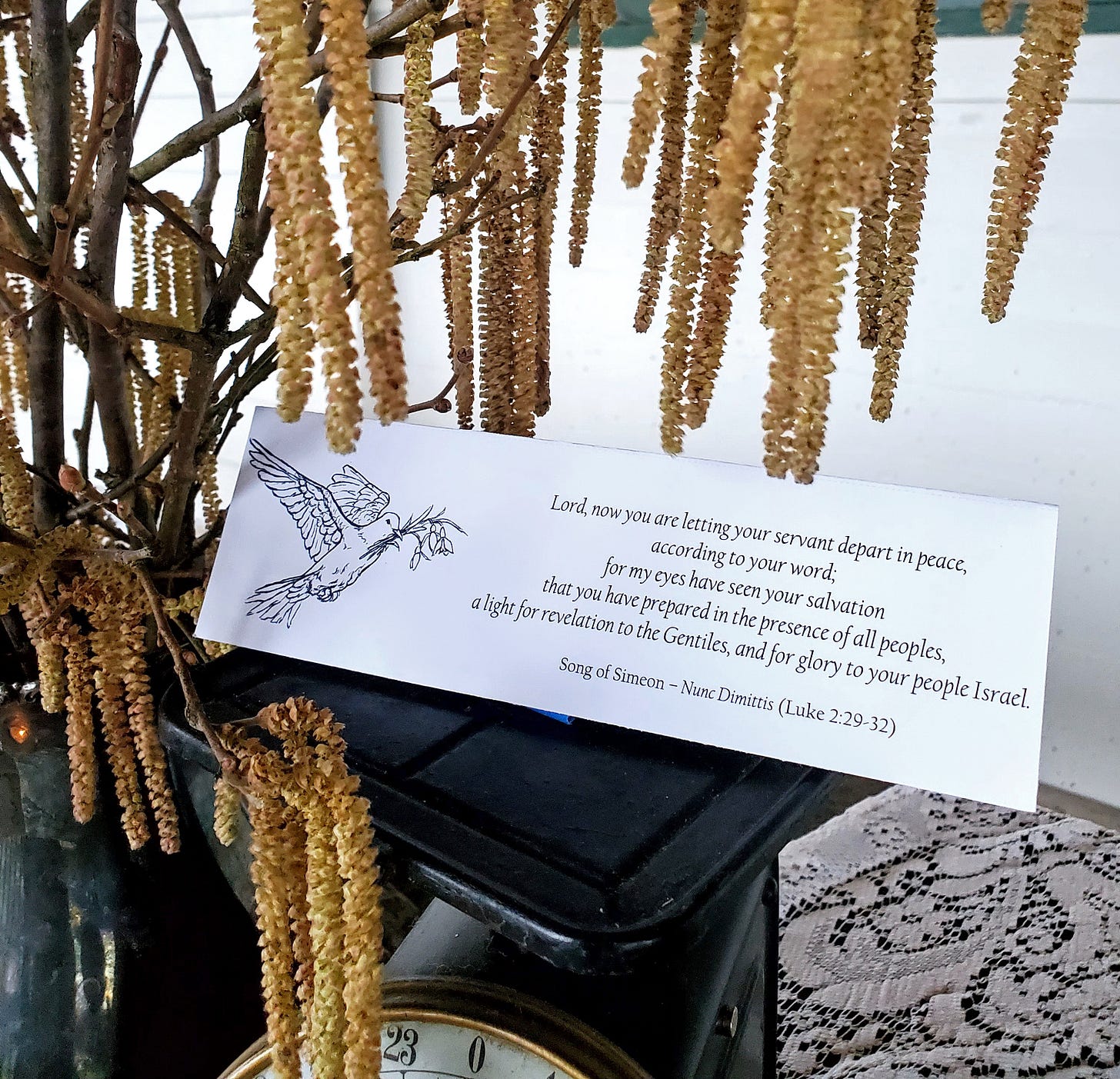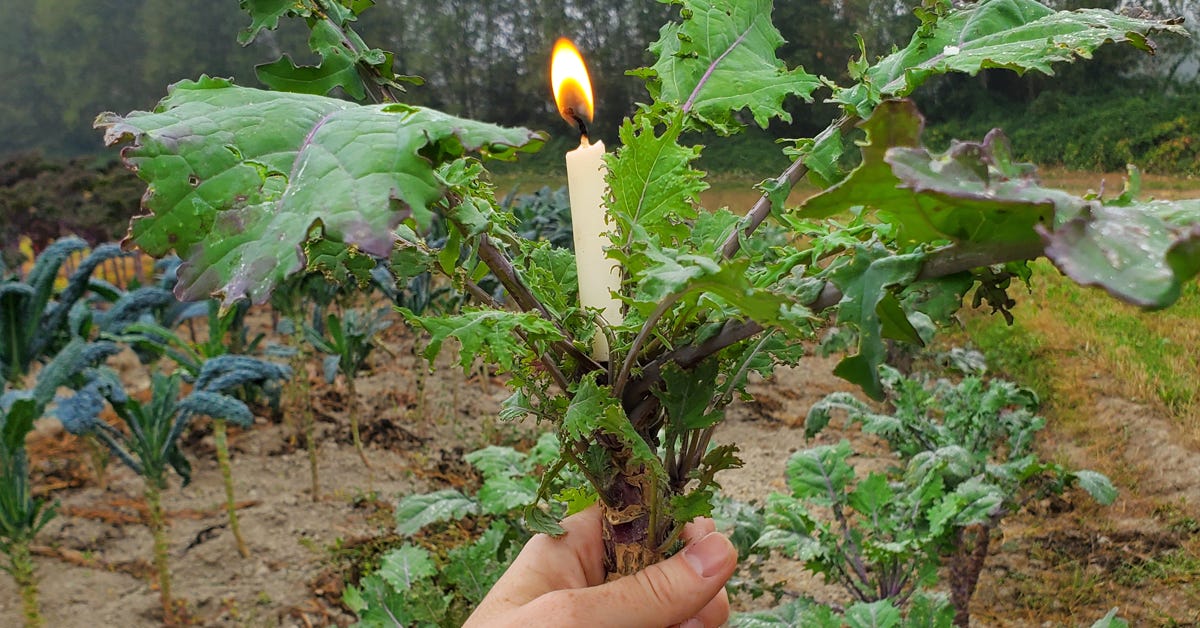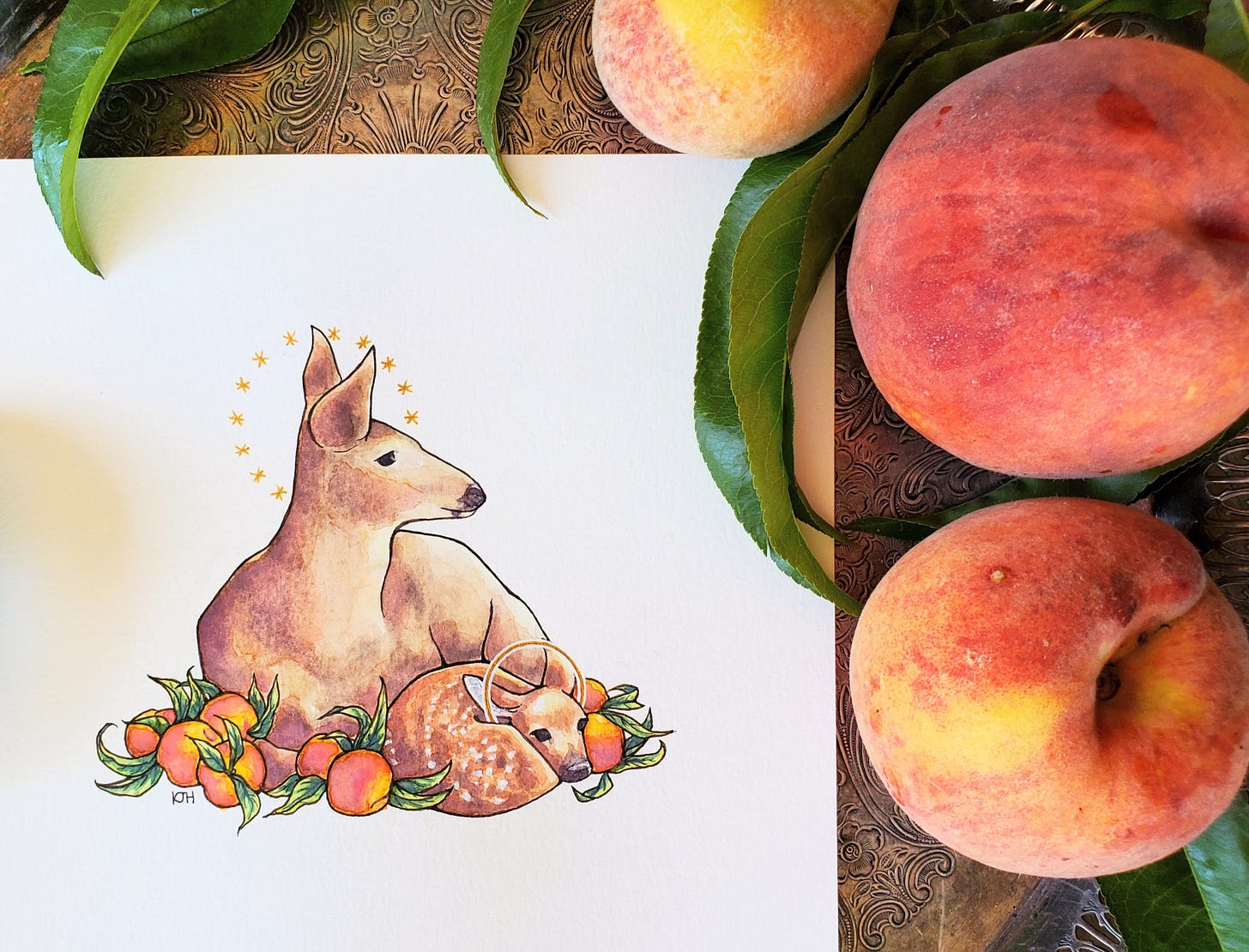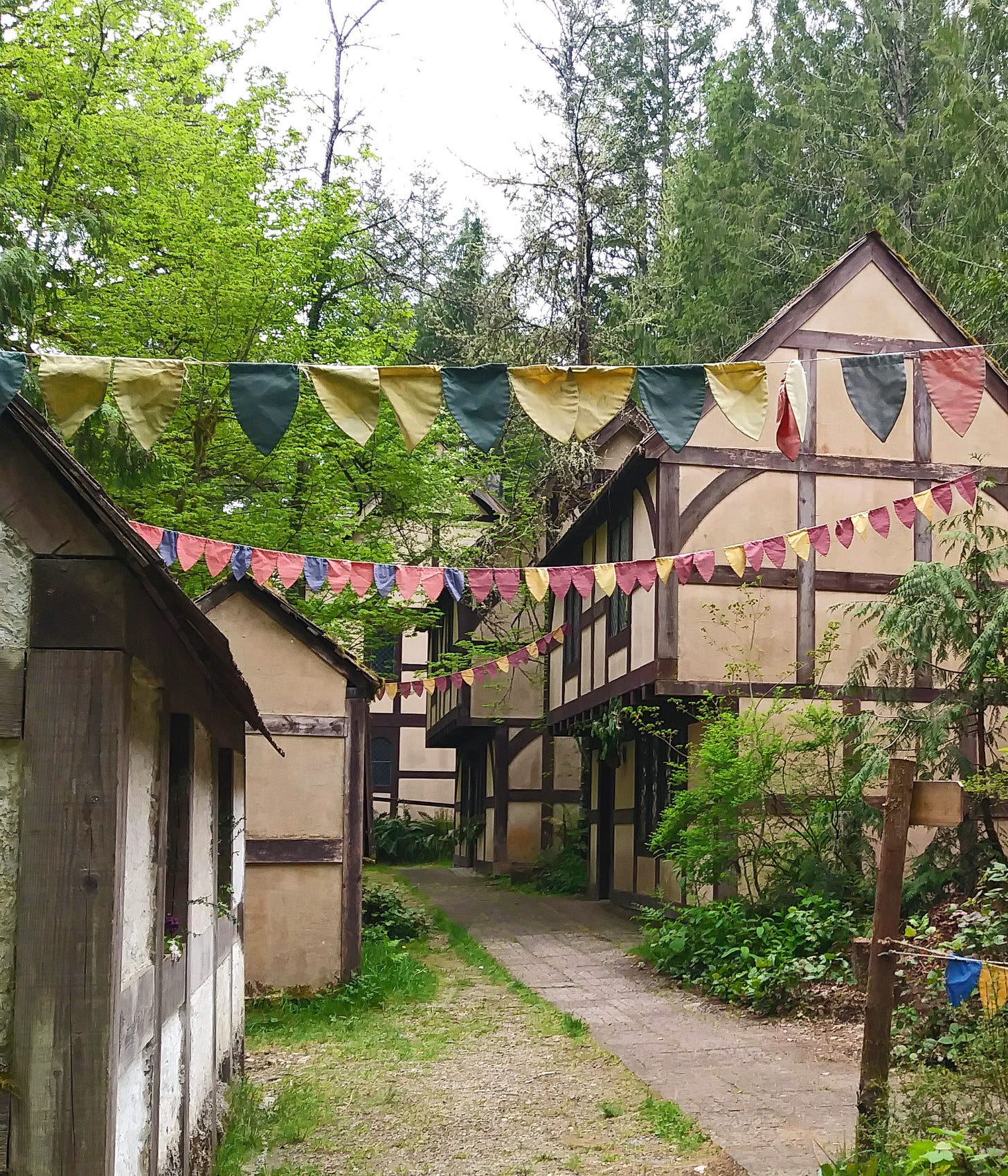Now you all can find / the holy times that man must hold onto
Liturgical Living: Flexible & Local
Then about four nights later the Father of Angels
sent his own son into this broad creation
as a comfort to the people. Now you all can findthe holy times that man must hold onto,
so this prayer encompasses us
throughout the realm of Britain,
the Saxon kings in this same season.Excerpt from The Menologium, trans. Dr. Aaron Hostetter
In our modern, digital-laden lives, instantaneous connection brings a two-sided issue to living the liturgical year: encountering the daily round of holy days on a global & historical scale can be both illuminating and overwhelming. Liturgical resources abound online, and while this is a blessing, we can easily over-saturate our thinking and set ourselves up for burnout. The calendar can quickly turn into an exhausting treadmill of checkboxes, rather than serving as a spiritual formation tool. These beautiful holy days can become a demanding cacophony if we’re not mindful.
I realize that I’m writing this as one of the many voices sharing liturgical thoughts in this digital world. But - I feel strongly that by grounding ourselves in the historical Church’s approach, we can have more margin and allow ourselves the breathing room to really savor these liturgical rhythms.1
The liturgical calendar has always been a living work-in-progress, not a cemented system. Over the past couple thousand years, reforms have come and gone, altering calendar rhythms that we now tend to regard as permanent fixtures. The Church’s desire to tell the story of Christ through the seasons of the year has been a dynamic process, and changes still abound: the liturgical year is a flexible system of formation.
Our modern access to information also tends to numb us to the notion that the calendar was once far more regionally-focused than it is now; that is to say, even though various local feasts were added to the universal calendar over the centuries, regional emphases tended to remain, without expectation that every single holy day would be celebrated in every single locale. Feasts and traditions obviously spread far & wide - trade routes, colonization, and other factors being part of this - but overall, celebration was somewhat more locally anecdotal and less focused on offering up celebration for every day’s feast universally. I tend to see this as being more in tune with the sacramental, incarnational nature of our theology.
Online access makes that easy to forget. Despite our best efforts, we see the onslaught of daily celebration and feel like we, too, need to do it all - or we’re somehow failing. I call rubbish on this! Let’s build a culture of liturgical curiosity, not of completionism. A balance of fixed & flexible, universal & local.
Flexibility
“It is one of the arguments of this book that the rhythms of the British year are timeless, and impose certain perpetual patterns upon calendar customs… It is another, however, that those customs have altered perpetually in form since records began and are still evolving. […] It is apparent, also, that calendar customs were created around social units which altered significantly over time: in ancient Britain the household, clan, and kingdom, in the high Middle Ages the household and the manor, and in the late Middle Ages the household, the municipality, and the parish. The church produced its own institutional rituals during this whole span of time, often overlapping or blending with the others.”2
Although there are many fixed elements in liturgical worship & calendar celebrations, these liturgical cycles have always been more malleable than we realize. We take for granted that calendar feasts and seasons “are what they are,” but they’ve gone through huge shifts over the centuries and are still in flux3 - discussions still periodically arise about the idea of fixing the date of Easter rather than keeping it movable!4
This flexibility also allows the calendar to continue to be a growing testimony of generational faith. If the scriptures are a record of a people’s dialogue with God, the calendar gets to be a continuing voice of tradition in that conversation, spanning time and space - it allows us ongoing access to the accumulated wisdom of generations, their hits and misses, struggles and joys.
So, what’s my point here?
Church history shows us that the calendar has changed significantly over time - growing, being pruned, shifting, borrowing. We should allow ourselves to experience that same flexibility in our own approach to liturgical living rather than trying to press ourselves into a mold of what we believe liturgical living “should” look like. Just because we see the barrage of Michaelmas posts coming our way in online venues doesn’t mean that we have to celebrate it or we’ve somehow missed the boat. These online spaces allow us to encounter lots of beautiful ideas, but they can also foster the illusion that everyone is doing ALL of these things ALL of the time, and that we’re somehow inexperienced or less-than-dedicated because we don’t.
Feast days that don’t resonate with our experience may have hidden opportunities in them to explore - but rather than trying to force ourselves through them continually, let’s try looking at them with faithful curiosity. What invitations do we see in them? And if we just don’t have the margin to extend to them, if we simply cannot muster the connection to them despite trying in different seasons of life - let’s not force it.
I don’t have the time or energy to devote to curating a feast experience with a special themed meal and craft every day in our family. That’s okay - this isn’t supposed to be a burden. Once upon a time, our parish neighborhoods would provide the net for hosting most of these customs; in our more modern, isolated lives, we find ourselves trying to reinvent the wheel on an individual rather than communal level, and that’s just not sustainable.5
So…allow yourself to shift or cut out the feasts that don’t work for you, just as the Church has done for millenia.6 Don’t feel like you need to celebrate Michaelmas because you see me post about it here or see it shared elsewhere; these posts are an invitation, yes…but not a requirement.
The beautiful thing about the calendar is that there’s no entry-exam, no experiential requirement, no litmus-test of grit or aesthetic…just faithful curiosity and a desire for embodied celebration & contemplation. It’s not a race won by those who manage to celebrate the most feasts.
It also doesn’t have to look a certain way - while I have a deep abiding love for all the Medieval goodness and agrarian rhythms, we also watch the California Raisins Christmas special every year for Epiphany and listen to Dolly Parton’s rendition of “Go Tell It On the Mountain.” Sometimes, lighting a candle is all I can muster. Celebration doesn’t need to be curated to some unattainable standard - the calendar isn’t a museum. It’s a living, changing methodology that can help to adjoin us, with all our modernity, into the heritage of the cloud of witnesses - not transform us into sentimental visions of historical people.
Locality
“To attain this goal [of prioritizing the temporal cycle over the sanctoral,] the [Second Vatican] Council chose a way that had been very familiar to the early church7: namely, to link the feasts of the saints more closely to the local Churches, or, in other words, to decentralize the calendar of the saints: ‘Many of them [the feasts of the saints] should be left to be celebrated by a particular Church, or nation, or family of religious. […] …the calendar to be followed in a particular parish is a composite document with contributions from the general (=Roman), regional, diocesan and local calendars.”8
Over the centuries, feast days were grafted into the universal Church calendar - saints that had been locally venerated and beloved found space in the Roman calendar of celebration, traditions and festivals from one rite were adopted into another. While this allowed for the dissemination of regional faith experiences throughout the Church as a whole, it also led to an overwhelming number of feast days existing in the universal roster; every few centuries, that calendar has been combed-through, returning some saints to more local instantiations and removing entirely those that seemed to have little to no historical basis.
Sometimes, beautiful feast days have been lost in the shuffle (the Eastern celebration of the conception of St. John the Baptist, placed at the autumnal equinox on September 23, is a prime example of a feast day that would so beautifully balance out other liturgical celebrations in the modern Western calendar). Overall, though, the goal of realigning the purpose of the calendar - spiritual formation & catechesis that incline our habits and souls toward Christlikeness - is a worthy one, and periodically reassessing the calendar both communally and individually is crucial.

Looking to the early & Medieval Church, we see a wise precedent for fostering both an awareness of other regional customs, as well as a simplifying embrace of local celebration.9 While so many universal feasts can really help nourish our spirituality & challenge our souls to grow, a balance is needed; too much focus on completionism - on checking the box for every single universal feast day - leaves most of us exhausted and bereft of real, meaningful connection to the spiritual import of these feasts. How can we possibly keep up?
Moreover, it somewhat loses the sacramental balance10 of this universal-incarnational dance; we are, after all, born into particular times in particular places & circumstances. Yes, exposure to feasts in the universal roster helps us grow & flourish, helps us gain perspective and empathy - as long as it’s balanced by attentiveness to our locale. If we’re preoccupied by casting our sights too far and wide, we may miss the forest for the trees - miss the local opportunities and challenges right in front of us:
“Did the dedication matter? It did in that the feast day of the deity or saint, the ‘patronal festival,’ had high ranking as a day in that church’s calendar. Attendance in church at the feast was expected and the day was both a holy day and a holiday, likely to have social activities. […] Because churches were dedicated to a variety of figures - the persons of God, the Cross, angels, and saints - their festivals fell on different days of the year which meant that one parish would be celebrating when its neighbors were not. In Cornwall, even after the Reformation, it was said to be customary for people to entertain friends from other parishes on the day of their own patronal festival, and to be entertained elsewhere in return.”11
Isn’t that beautiful? Different regions sharing traditions with one another through a spirit of connection and invitation. This was no generic checklist - it was grounded in community attachment and relatedness. Stretching out to other regions was part of religious experience and growth, but local engagement was prioritized.
The historic Church also adopted local traditions into its celebrations. A classic example of this is in Anglo-Saxon history. Though motives are hard to determine and one must guard against appropriation, it’s clear that the Church looked for local languages - in the form of regional foods, poetry, nature, farm life - to communicate the gospels.
So, again, what do we do with this?
Let’s continue to give ourselves room to grow - permission to thoughtfully bring into the fold feast days hailing far and wide that resonate with our spiritual formation, but permission to also not overwhelm ourselves with a rigid requirement of living on a global scale every day. I’m not arguing for isolationism - learning from the saints and traditions hailing from lands unfamiliar to our own daily experience helps to better connect our awareness to our brothers & sisters across the globe…but in this digital age, it’s easy to shy away from local engagement, and then our community-building right here and now suffers.
The list of worldwide feasts would keep us booked every day if we honored it strictly. Let’s extend faith to the work of prayer and the cloud of witnesses - that even when we miss a feast day, someone else is surely celebrating it for us. Let’s not burn ourselves out, and instead respect our own human limitations while also following our curiosity and learning about how others celebrate.

For my own part, I find that in delving into traditions from other regions, some things stick and others don’t; the kale-torch, above, is an example…our climate is similar to the Scottish climate in many ways, so by the time Hallowtide rolls around, kale-torches abound in the field.
This is where we need to be especially mindful - if we follow the traditions of the liturgical calendar as we find them promulgated most commonly, we’ll be seeing a very Euro-centric tale. And there are beautiful & culturally various traditions there, for sure.
But - how does our local environment & culture give voice to the rhythms of the calendar? If we’re so concentrated on the traditional tale, sometimes we miss these beautiful prompts right in front of us. What are our local communities doing around certain feast days (let’s break down that sacred/secular divide…)? What produce is being harvested by our local farmers? What plant & animal life do we notice, right here where we are? And perhaps most importantly - what community needs become most apparent during this time? Marymas in early September might taste like the back-to-school ice cream social and sound like Canada geese flying south. It might be celebrated with time spent volunteering at the local food bank or scrubbing our church’s pews, or gathering the first winter squash from the field…
Does our celebration of the liturgical calendar take us further into, or further out of, our own communities?
So let’s expose ourselves to a variety of regional traditions - but not do it at the expense of our local expression of feast days, and let’s not set ourselves up for burnout by accumulating an impossibly long list of feasts. Find what’s sustainable for you.
As with the Medieval Cornwall tradition mentioned above - “it was said to be customary for people to entertain friends from other parishes on the day of their own patronal festival, and to be entertained elsewhere in return” - let’s do what we can to pour into our local communities alongside these calendar rhythms, and use the connections we’re blessed with to both invite others and extend ourselves elsewhere. The Church looked for the language of Christ already spoken through every hill and dale - how does that voice ring out in our neck of the woods?
Pax vobis,
Kristin
As always, I remain a Jill of all trades and master of none - I’m not an expert in liturgical history! So please take these thoughts as my two cents. I’m also writing from an ecumenical perspective, so I borrow information gleaned from various Christian traditions; that being said, my knowledge base of the Eastern rite and Orthodox calendar is woefully incomplete!
Ronald Hutton, The Stations of the Sun: A History of the Ritual Year in Britain
See the “Unfinished Business” chapter of Fr. Richard Nardone’s The Story of the Christian Year, which covers topics like the Perpetual Calendar and International Fixed Calendar.
For the record, I’m Team Movable!
It’s like how modern homesteading trends often lead folks to believe that if they’re not making their own sourdough bread, churning their own butter, raising their own meat and vegetables, etc., they aren’t actually “doing it” (and I say this as someone whose life work is farming - I do value these skills) - whereas historically, we see many of these skills and responsibilities being shared, not loaded on the shoulders of every single individual household.
We recently chatted about this in the context of Rushbearing - where rushbearing festivals are moved depending on the weather and the harvest, hay gets used in place of rushes, etc. Communities treated this tradition with flexibility.
Though this passage is taken from Adolf Adam’s The Liturgical Year: Its History & Its Meaning After the Reform of the Liturgy, this particular point is well illustrated in Fr. Richard Nardone’s The Story of the Christian Year: “The annual Easter festival was an early, if not primitive, development, and was probably the only annual feast celebrated by the whole church. The anniversaries of the martyrs were still local observances at their tombs.” Universal festivals were not as common as local ones in the early Church.
Adolf Adam, The Liturgical Year: Its History & Its Meaning After the Reform of the Liturgy
Fr. Richard Nardone, The Story of the Christian Year: “Formerly local feast days had precedence, as a rule, over feasts in the Roman calendar…”
What I’m advocating for here is a balance - not regional over universal, but an awareness of the balance we need to strike between both veins.
Nicholas Orme, Going to Church in Medieval England








I love this. I could never do it all. We have moved a lot, so we don't have a close community, but I try to make the best of it. Having lived in the West Coast, Midwest, and now South, I really lean into the culture and seasons the way I see the church doing through the development of the liturgical year. It can be both fun and challenging to adapt things! For example, there's ne'er a White Christmas in Southern California! And my town in the Midwest was super Polish, so I could enjoy paczki's for Mardi Gras at any one of a dozen shops. My new city has Korean, West Syriac, East Syriac, Vietnamese, and Latin parishes all within 35 minutes, so my interest in global cultural traditions is piqued! It might go on my bucket list to visit as many liturgies as possible in the spirit of "every tongue, tribe, and nation."
I love the idea that we can allow ourselves to be a little more flexible in celebrating the liturgical year. It's one of the things I love about the church--open to so many different ways of enriching our faith. I first thought about this in terms of art but as a curious new follower of the liturgical year this is a breath of fresh air.
I was just reading about a Christian who could not read the Little House Series because Laura didn't pledge to be submissive to her husband. What a pity to be so rigid in your faith.